Mammoth Lakes, Mono Lake & Bodie: USA 2015
After our close encounter with the desert, we headed up into the mountains to Mammoth Lakes. This is very much a summer hiking and winter ski resort and as we were between the two seasons, there was an out of season feel to the place.
It is a hotspot for bear activity and we were asked to ensure we removed all food and other odourous items from our car overnight.
We didn’t see any bears, although that is the idea: in all the bear areas we visited, concerted efforts were being made to ensure that bears do not get access to human food. Rather like humans, bears find eating convenience food to be habit forming. This tends to result in them having to be shot. The best way to keep bears away from humans and thus keep them safe is to prevent them getting a taste for our food.
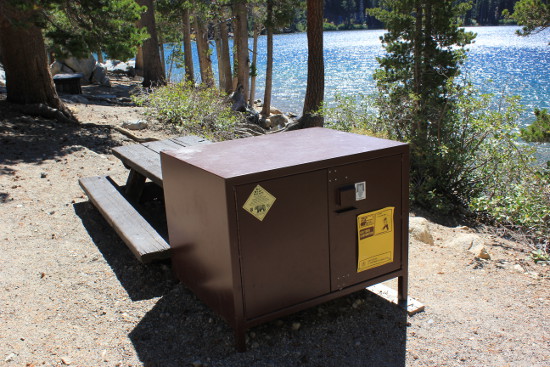
Heading up to Mammoth Mountain, the Crystal Lake trail (from the Lake George trailhead car park) is good, or if you are short of time, a walk to Lake Barrett and onto TJ Lake is very picturesque, especially TJ Lake. When we were there, at the end of a long summer, Lake Barrett was very low and was a pretty dismal sight.
TJ Lake was much better:
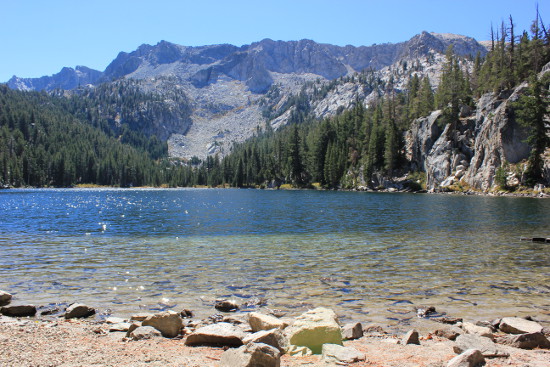
Mono Lake
After leaving the Mammoth area, we drove to Mono Lake. The main attraction at this large lake close to US-395 are its ‘tufa’ limestone rock formations.
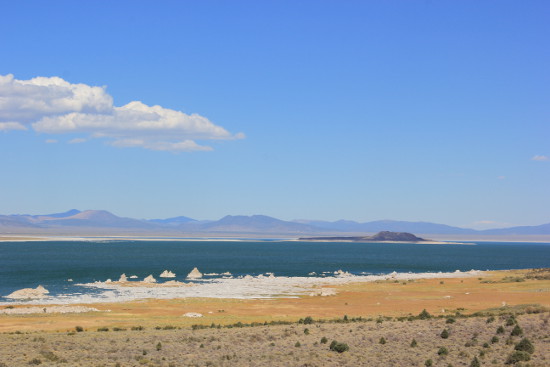
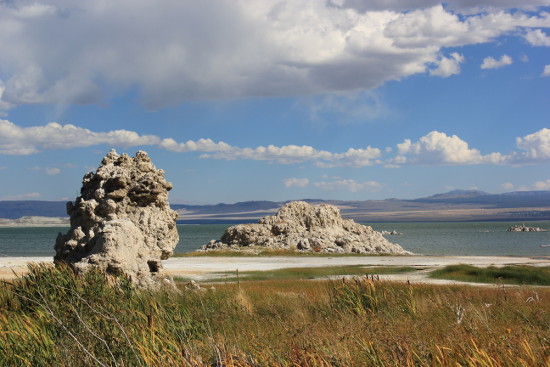
We felt as though we should have been more impressed than we were.
In some ways, the most interesting thing about Mono Lake was how low the water level has fallen. The main reason for this is that from 1941 to 1994, water was diverted from the Mono Basin to supply Los Angeles, thus depriving the lake. Over that period the water level fell by 45 feet.
This decision was reversed in 1994, but long drought periods (such as at present) and the sheer volume needed to raise water levels mean that the water level has yet to recover and is expected to take many decades to do so. One consequence of this is that the views of the tufa are far better than they would otherwise be. Lake Mono is also a stopping point for a number of rare migratory birds.
Bodie ghost town
After Lake Mono, it’s not far to the turning for the abandoned gold mining town of Bodie.
Described by our Rough Guide to California as having “an authentically eerie atmosphere absent from other US ghost towns” and benefiting from “a lack of theme-park tampering”.
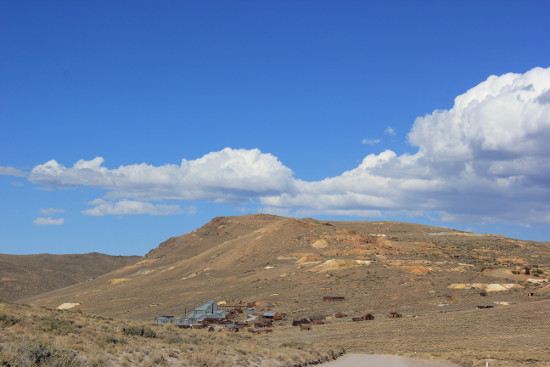
Bodie lies within the Bodie State Historic Park, admission to which costs $5/adult. In its day it was one of the biggest and baddest gold mining towns in California, until a crash in the gold price made mining uneconomic towards the end of the 19th century.
It’s worth a visit. The dry climate and sharp cold winters mean that Bodie really is very well preserved, and a considerable amount of the town remains intact:
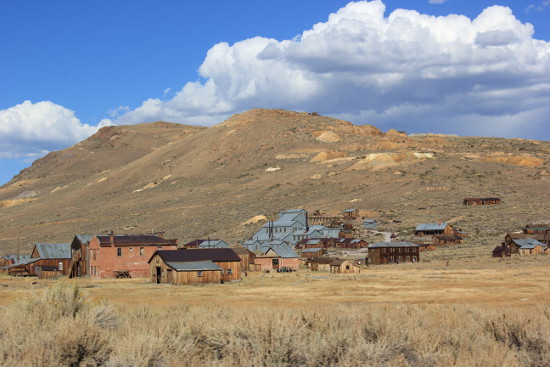
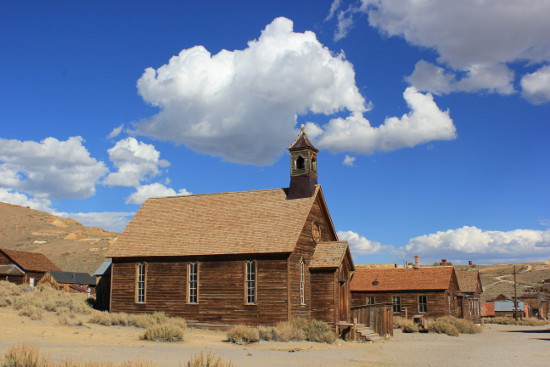
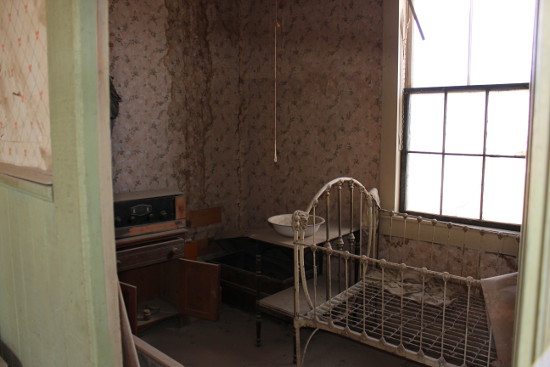

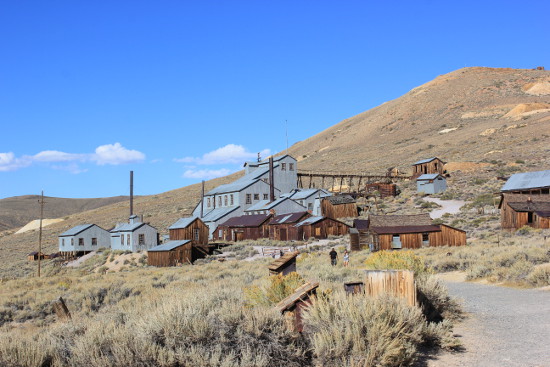
Bodie’s other claim to fame is that it regularly reports the lowest winter temperatures in the lower 48 (i.e. USA excluding Alaska).
When we were there at the end of September the daytime temperature was in the mid-70s, despite being more than 8,000 feet above sea level. The temperature drops sharply overnight, however, even at lower altitudes — there was a frost on our car when we left our motel in Bridgeport, near Bodie, the next morning.
